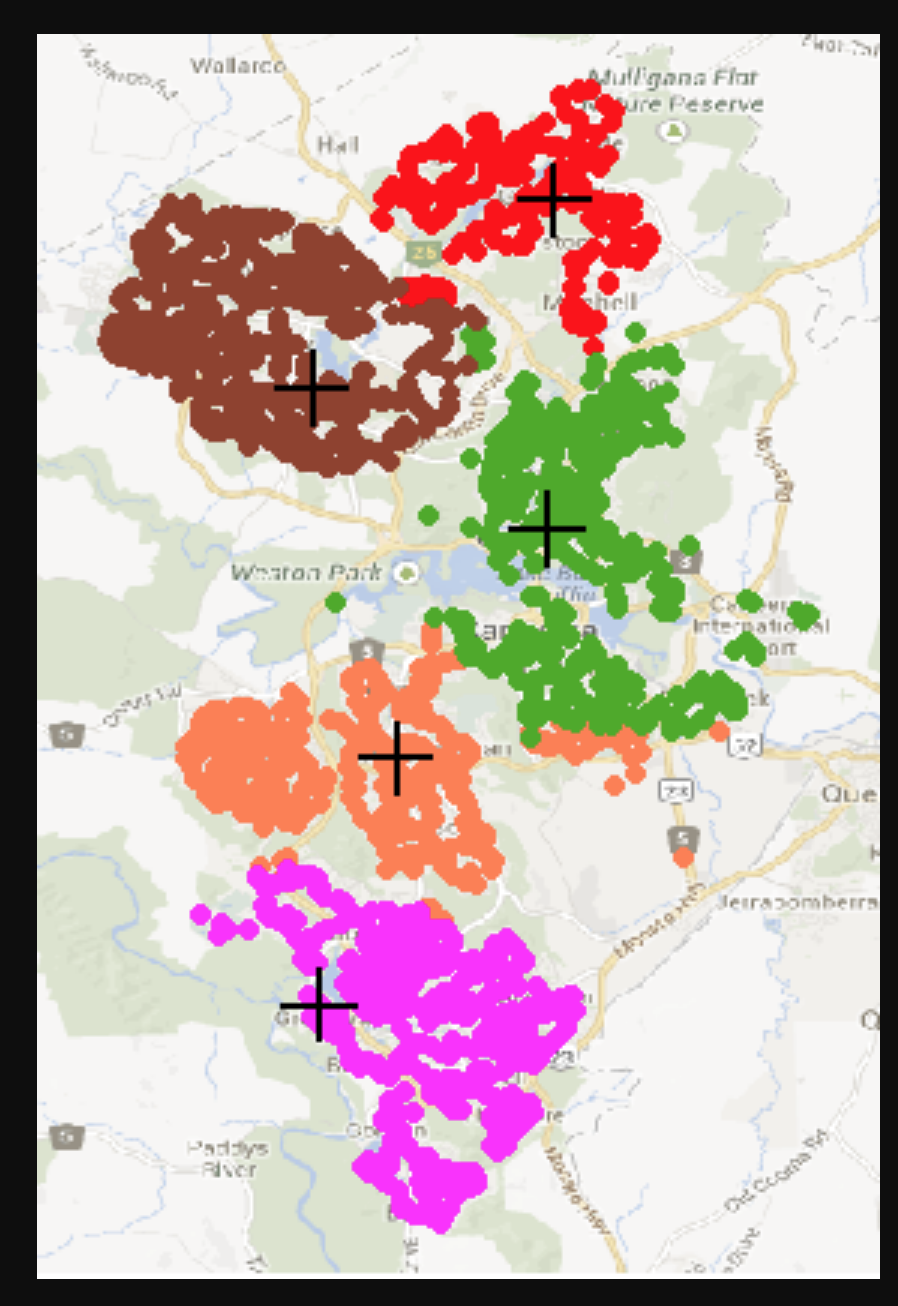The 2021 Australian Census
How might we link the 2021 Census data with open data to highlight or solve a challenge Australians are facing
Go to Challenge | 24 teams have entered this challenge.

Data Crunchers
Optimising Canberra’s public transport
The optimisation of a public transport network balances the needs of the travellers and the cost to run those services. Optimised networks have a higher number of travellers, higher ticket revenue while minimising operating expenses.
Identifying peak capacity and demand
The project’s data analysis identifies the peak capacity and peak demand of Transport Canberra’s public transport network. This can be used by Transport Canberra to set higher prices for services that are more in demand. This price increase is in line with the Productivity Commission's recommendation to introduce modal pricing.
Proposed Journey Planner App enhancements (to be developed)
The proposed app would build upon the existing Transport Canberra journey planner app and provide suggestions for travelling at different times based on price. For example, a traveller may search for a bus that leaves at 8 am and then choose to travel at 9 am for a cheaper trip based on suggestions from the app. The app would provide feedback to Transport Canberra on how pricing changed the travellers intent to travel at the higher priced times.
Travellers would also use the app to inform Transport Canberra when the service meets their needs and how it could be improved. The uptake of public transport requires a well planned and reliable network that can be adjusted to travellers requirements. Detailed, real time feedback from travellers will support the optimisation of the network services which will increase the uptake of public transport.
Project documentation https://drive.google.com/drive/folders/12wE72S5DccFeMvtA1b7OaFT1uERbSJAU?usp=sharing
As outlines in the Datasets section, much of the data has been downloaded from the ACT Data Portal. The lynchpins of our data model were the Bus Stop IDs and Bus Routes Numbers, as we used them to connect tables in our data model. Our data model comprised of four tables. The dimension table was the bust stops and bus routes details, as these were slicing and filtering the fact tables, which were the number of trips by bus routes by months and the number of bus trips by bus stop. After bit of research and planning the data model, we were able to find appropriate keys, the bus stop IDs and the Bus Route numbers.
Description of Use The bus stops are identified by STOP ID, so we were able to use these IDs as primary keys to link to other tables detailing various aspects of public transport.
Description of Use Our rather simpler use of this data included just getting the proper route names for each route number.
Description of Use Our main objective of optimising revenue for ACT public transport inlvoved optimum use of buses. These numbers helped us calculate transport utilisation.
Description of Use When investigating for busy routes and bus stops, we were looking for a way to link bus stop IDs with the suburbs. This data was useful in that area.
Go to Challenge | 24 teams have entered this challenge.
Go to Challenge | 10 teams have entered this challenge.
Go to Challenge | 10 teams have entered this challenge.
Go to Challenge | 31 teams have entered this challenge.